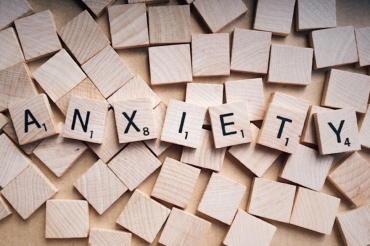Dear readers,
it’s not unusual for someone with an anxiety disorder to also suffer from depression or vice versa.
A growing body of evidence recognizes the positive effects of exercise on mood states.
Let’s have a deeper look into anxiety.
Brief overview
All of us experienced to have occasional anxiety, which is often a healthy emotion able to help us in different situations and necessary for survival.
However, when an anxious feeling is out of the normal range, it can be disabling interfering with daily function.
The American Psychological Association (APA) defines a person with an anxiety disorder as “having recurring intrusive thoughts or concerns”.
Recurrent physical symptoms are sweating, trembling, dizziness or rapid heartbeat. Anxiety disorders are consistently the most prevalent class of mental disorders and several types exist. An individual may be affected by more than one anxiety disorder.
PA and its positive effects
A variety of anxiety disorders can be counteracted by exercise, which is an effective strategy in reducing anxiety symptoms in people with and without anxiety disorders.
Moreover, recent epidemiological data suggest that people who are more active may be less likely to have anxiety disorders.
PA, more specifically exercise, represents a promising additional treatment leading to wider benefits to people’s well-being including improved physical health and quality of life.
However, it is important to focus future studies to develop optimal PA protocols promoting also PA’s adherence.
Thus, move to beat anxiety, move to be healthy and gratified.
References
Apa.org. 2020. Anxiety.
McDowell CP, Dishman RK, Gordon BR, Herring MP. Physical Activity and Anxiety: A Systematic Review and Meta-analysis of Prospective Cohort Studies. Am J Prev Med. 2019;57(4):545-556.
Kandola A, Vancampfort D, Herring M, et al. Moving to Beat Anxiety: Epidemiology and Therapeutic Issues with Physical Activity for Anxiety. Curr Psychiatry Rep. 2018;20(8):63.
Edited by
Dott.ssa Francesca Greco



Commenta con Facebook